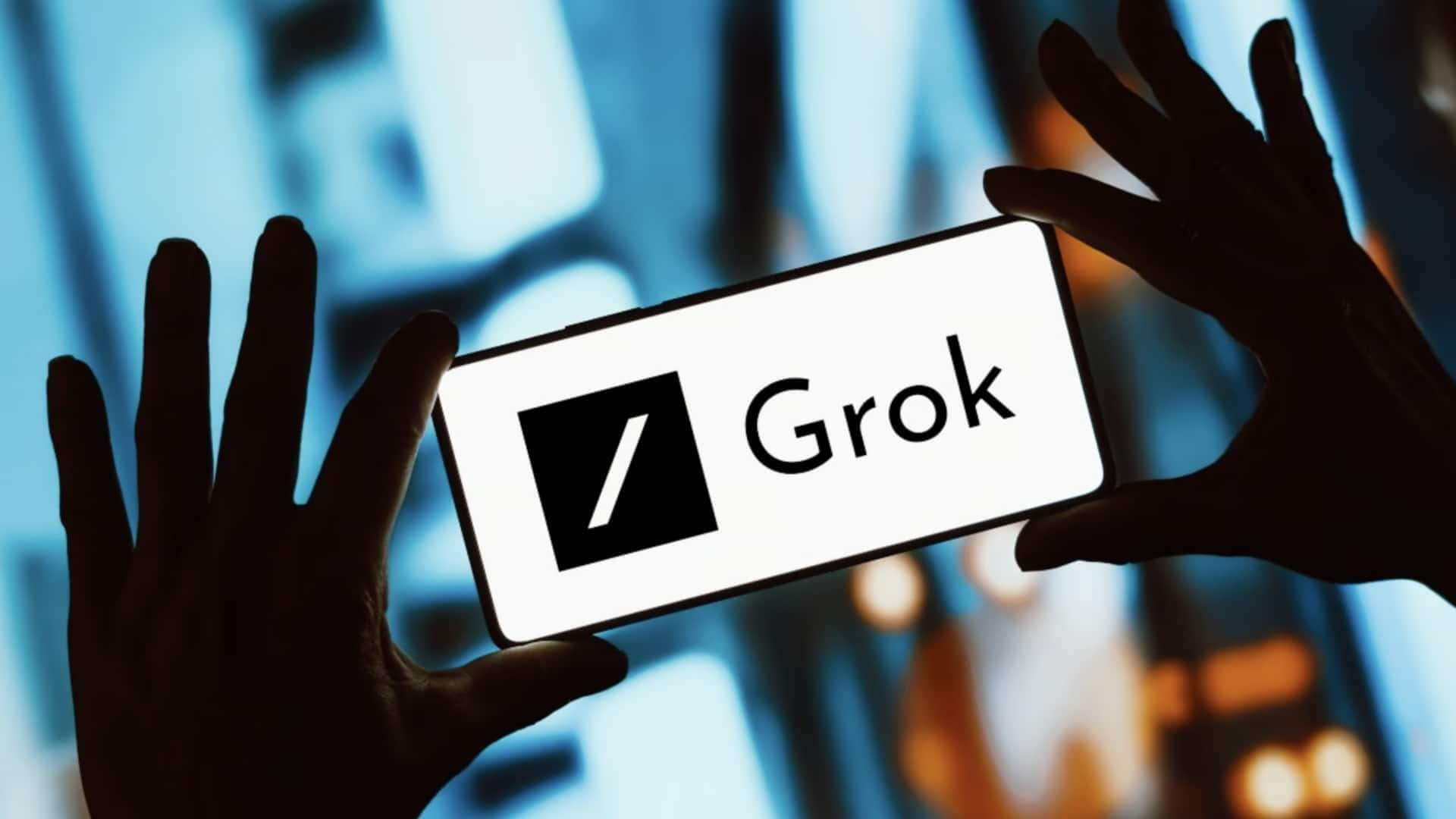
Daylight saving time will soon come to an end, marking the official switch back to standard time for much of the U.S.the final 6 p.
m. sunset of 2024 By that point, the city will be experiencing nearly 12 hours of daylight again, and sunset will occur just after 7 p.m.
U.S. territories, including Puerto Rico, American Samoa, Guam and the U.
S. Virgin Islands, also do not observe daylight saving time.The topic of daylight saving time vs.
standard time has been hotly debated, particularly in recent years when legislation proposed the possibility of switching to a permanent daylight saving time. Previously, proposed legislation pushed for permanent daylight saving time, but that legislation ultimately fell through and no new legislation has been proposed for a vote.“By causing the human body clock to be misaligned with the natural environment, daylight saving time increases risks to our physical health, mental well-being, and public safety,” Dr.
M. "Having sunshine in the morning actually helps us to fall asleep at nighttime. And the other problem is, of course, it's darker later into the morning, which has its own set of problems with safety, driving, people walking.
Parents are definitely worried about their kids walking to school in the dark," Rowley said."If we were on permanent daylight saving time, most of the United States would not have sunrise until after 8 a.m.
We have summarized this news so that you can read it quickly. If you are interested in the news, you can read the full text here. Read more:.








